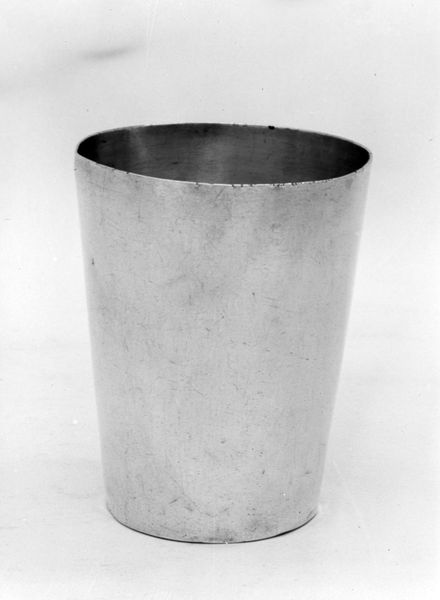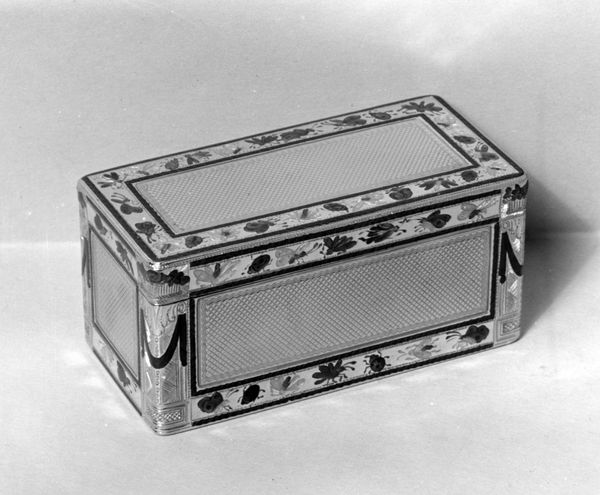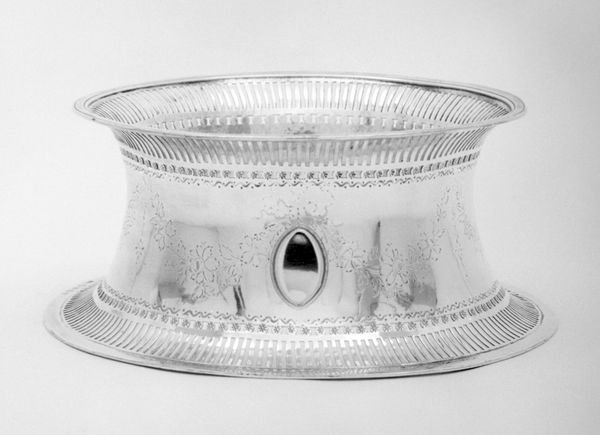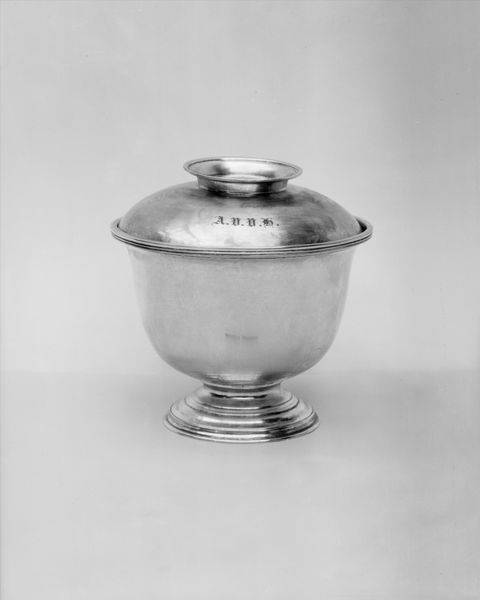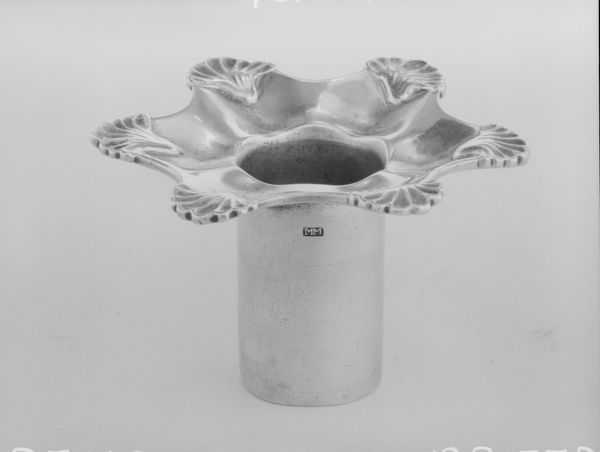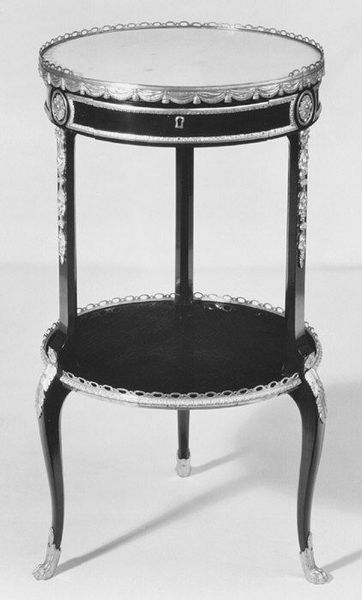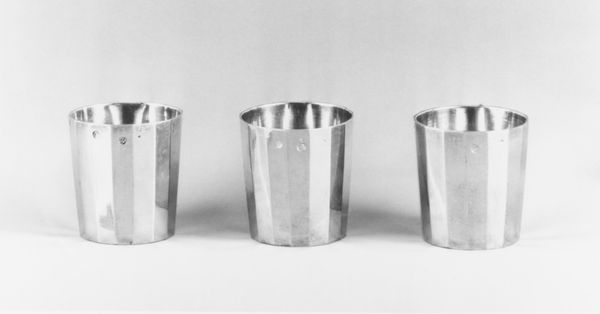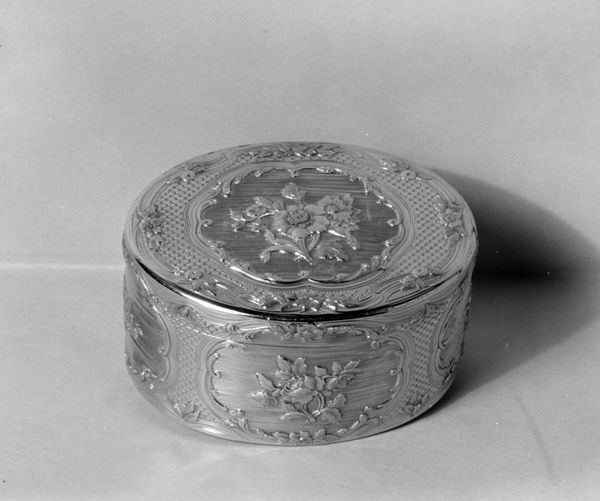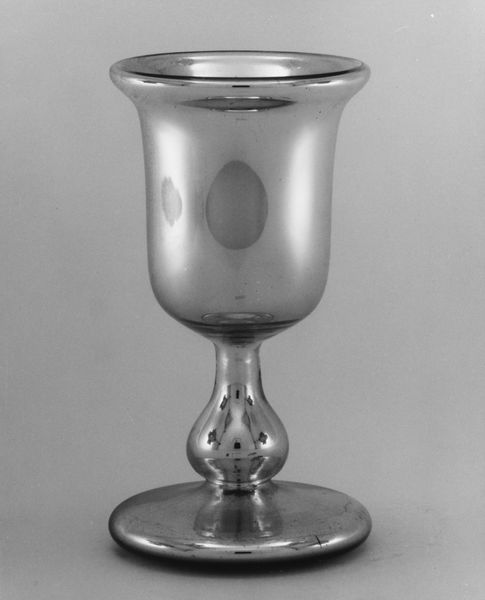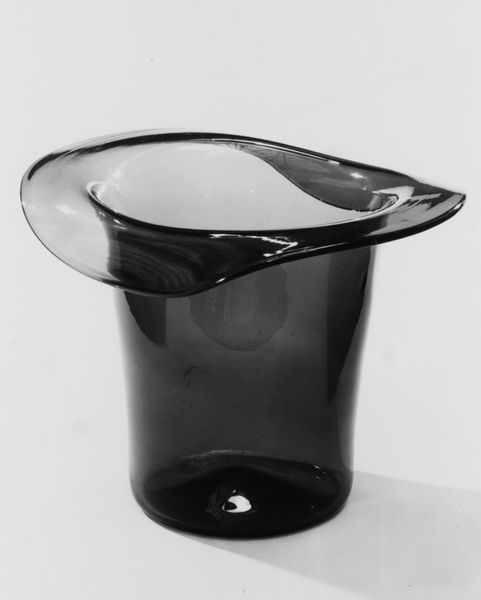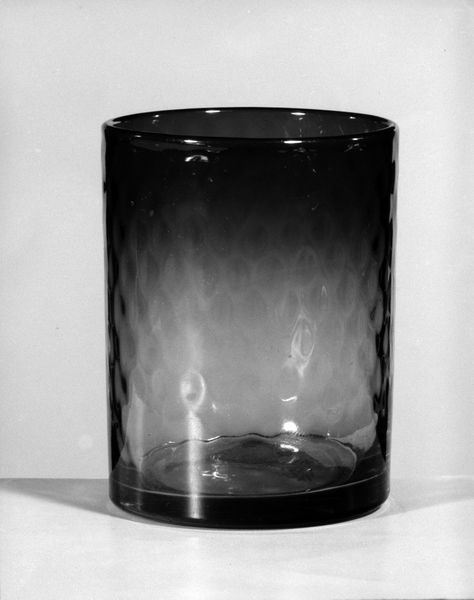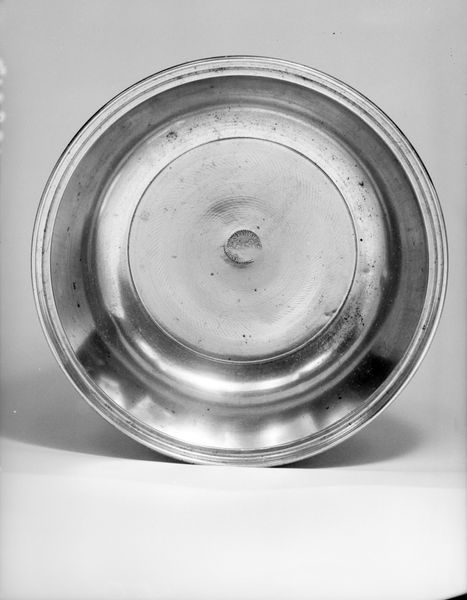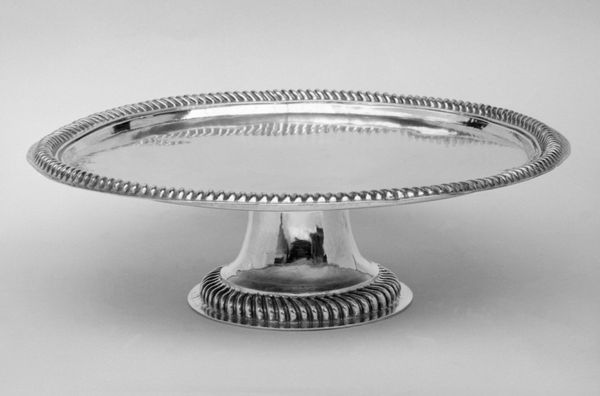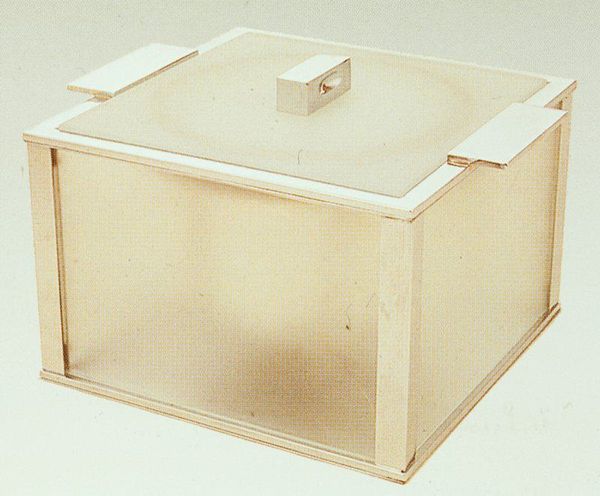
silver, metal, photography
#
silver
#
metal
#
photography
#
decorative-art
Dimensions: height 9.8 cm, width 13.1 cm, depth 8.5 cm, weight 340.0 gr
Copyright: Rijks Museum: Open Domain
Pieter van Reidt crafted this silver theebus in the eighteenth century. At first glance, its smooth surface is only interrupted by an ornamental keyhole and the suggestion of ownership. Consider, though, the locked container. Throughout history, from ancient reliquaries to Renaissance coffers, the act of enclosing valuables speaks to a universal desire to protect what we deem precious. The pearl edging that frames this little silver box, has deep roots in antiquity as a symbol of purity and transformation that was borrowed and passed down through religious paintings. The keyhole, a seemingly simple feature, hints at a deeper psychological interplay. It represents both exclusion and access, inviting curiosity while enforcing boundaries. Just as the serpent in Eden tempted humanity with forbidden knowledge, so too does the lock pique our desire to unveil what's hidden. This silver theebus becomes more than just a container for tea; it's a vessel of secrets, reflecting our enduring fascination with what lies beneath the surface.
Comments
No comments
Be the first to comment and join the conversation on the ultimate creative platform.
